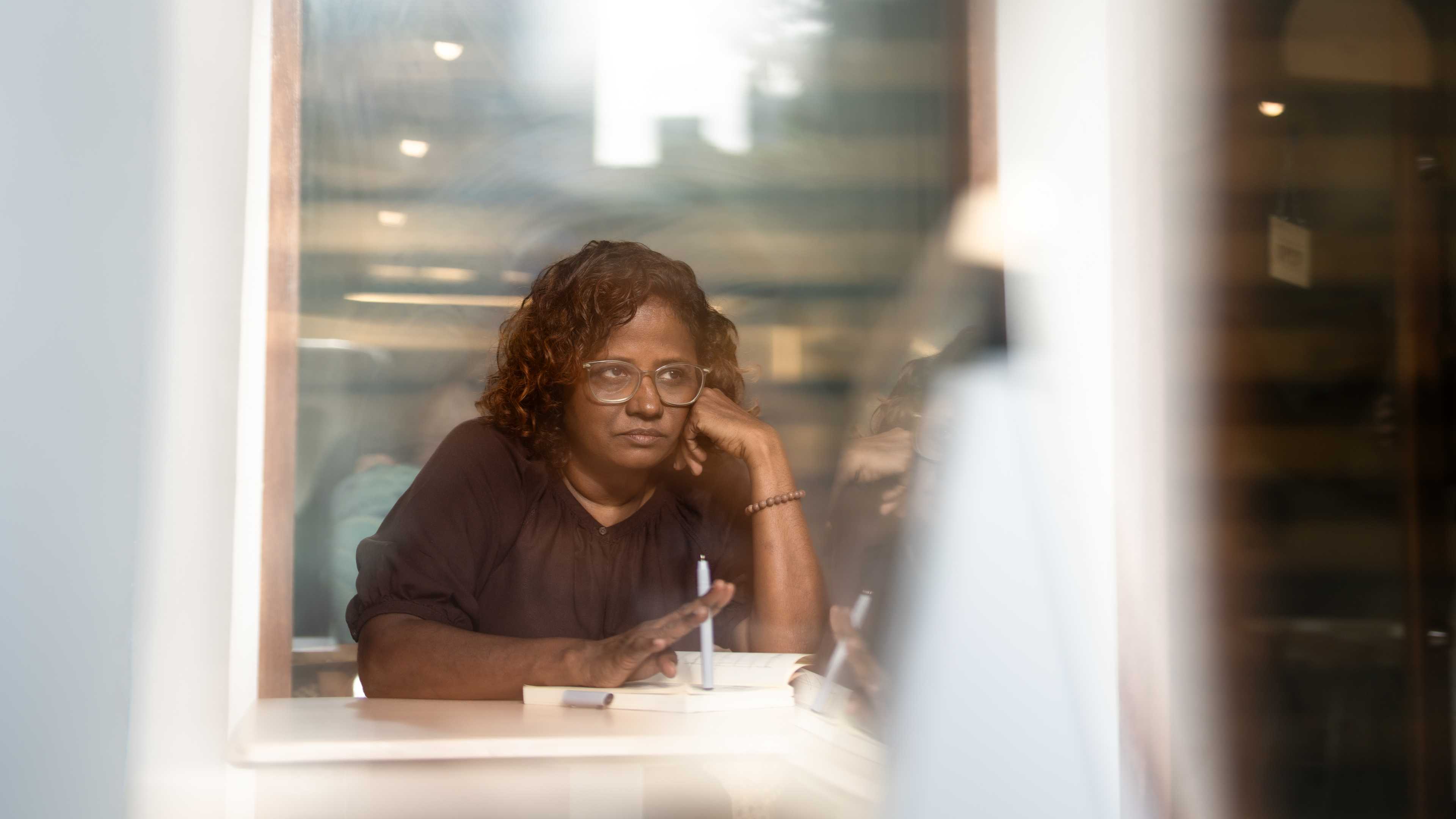Written by: Aminath Ishrath (Itha)
Maldivians always lived a rich yet simple life, reflected in the homes built to stand the natural environment of the small islands. Before the islanders even came across the concept of architecture, homes inhabited by the people continued to stand for generations as functional and warm spaces where families thrived. The build of these homes was rooted in sustainability and paid respect to the elements of Maldives, evolving naturally to become the pinnacle of luxury we see today.
Thatch and Gifili – from survival to luxury
Breaking down the architectural concepts we see in Maldivian resorts today, so many features still pay homage to the original homes. The frequently replaced thatch roofs back in the day now cover up the metal roofing in private villas. Inspired by Gifili; the original open-air bathrooms with freshwater wells and lush plants, local designers and architects incorporated these elements into resorts by introducing open-air toilets with modern fittings and plumbing. While coral stones were used to build entire structures of the homes, you can now only see these repurposed as pieces of art. Maldivian homes were not structurally the strongest, seeing as the need didn’t exist back then. They were always settled in the heart of the islands, away from the beaches. These homes were somewhat sheltered from monsoon winds and the beaches were reserved mainly for boat building and such necessities.
Enter the 70s – the goose that laid the golden egg
Believe it or not, but the first few resorts of the country were built without much official architectural or design concept behind them. The owners and investors poured their hearts into what they already knew, warm hospitality that served guests in natural spaces. The resorts had a simple jetty, arrival area, and accommodation in the form of room blocks with a small veranda style platform occupied by two plastic white lounge chairs. This paints a simple yet idyllic postcard image to what would later transform the country.
Expansion in the 80s – the first over-water bungalows
The 80s saw overseas management groups enter the market, and along with that, open-air bathrooms, over-water bungalows and swimming pools started to make a wave among resorts. The introduction of over-water bungalows marked a pivotal point in the design that would dominate the landscape of Maldivian tourism and become the promotional poster template for every printed advertisement making its way across the world at the time. Local architects and designers were slowly making a prominent mark in the field and were exposed to working side by side with international designers.
The golden 90s – the first boom of luxury tourism
This was the era of luxury, opulence, exotic design and expansion of resorts into atolls further away from Male’. Seaplane operations started and the aerial views alone proved to give a competitive edge to resorts with unique design features. More over-water bungalows emerged, this time with small plunge pools, designed to give more privacy to the growing honeymoon demographic exploring the Maldives. Restaurants and bars grew to occupy sunset beaches or nestled under Banyan trees and extending onto decks perched over the water. Maldives was going through its “Ranzamaan”; the golden age that would set the tone for more global brands to enter the market.
The 2000s millennium – high-end design and curated experiences
With the rush of the 90s entering 2000, there was a heightened need to create more unique experiences for each resort. Renowned architects and more prominently, interior designers, began to make their mark in different resorts. Contemporary designs became popular. An emerging need for sustainability proved to be a successful and much needed step in the right direction. Building standards evolved, with some designers keeping local aesthetics at the core of the island, while others experimented with entirely different concepts inspired by different corners of the world.
2010 also saw a dramatic shift with the tourism sector introducing new regulations for locally inhabited islands to operate guesthouses. What started as small local houses have now transformed into city hotel buildings with ocean-view rooms, infinity pools, private beaches and restaurants. While this opened doors to an entirely different market, challenges are being faced by both the islanders as well as the resort industry in balancing the delicate nature of local life versus the luxury image of the destination.

The Maldives tourism tale is one for the ages. As with everything island life related, the tourism sector is also a story of resilience. Currently, the natural eco system is being threatened with the development of artificial islands, compromising house reefs for over-water bungalows, an excessive amount of waste that is going by unmanaged, among other market saturation issues.
Among all this, we wonder; what is the next step for Maldives? Do we continue to build? Do we compromise the essence of Maldivian architecture just to stand out among the 100s of resorts? Or do we take a step back and go back to the beginning? To the days when palm trees shaded bungalows. When it was calming to just encounter a lone hammock on the island. To come back to white sandy floors of the villas and snooze with just the hum of the trees in the wind. Back to where it all started…








